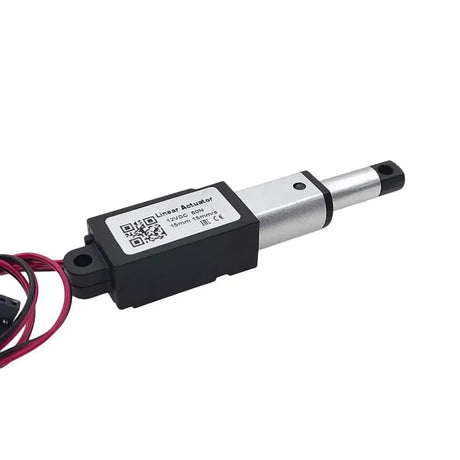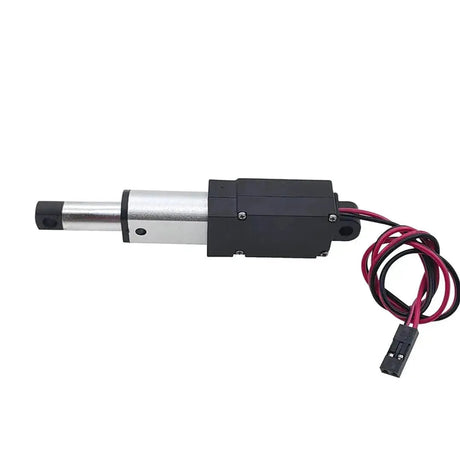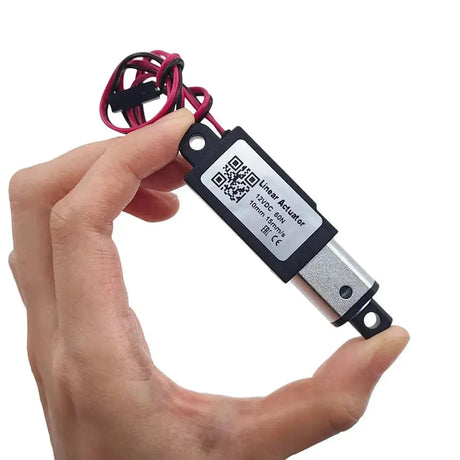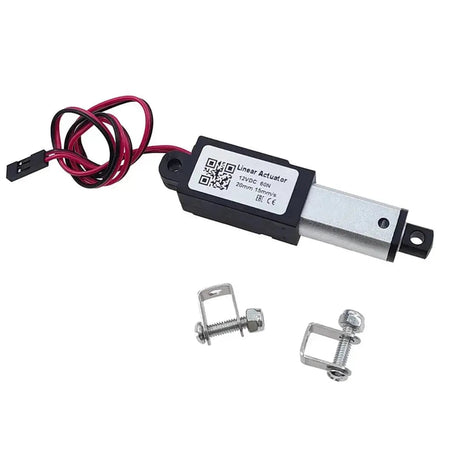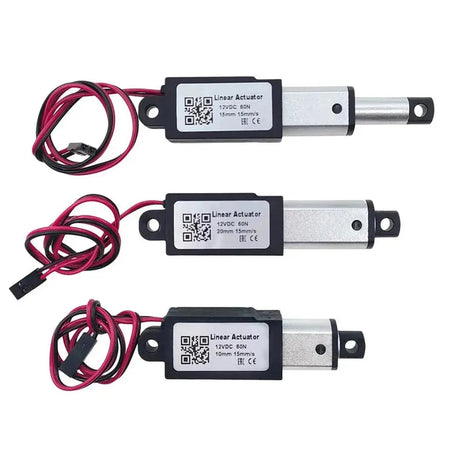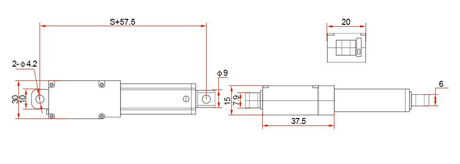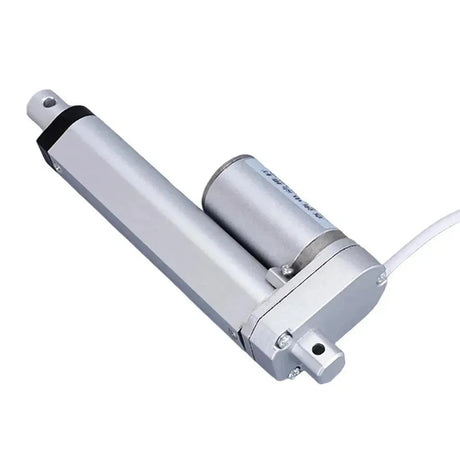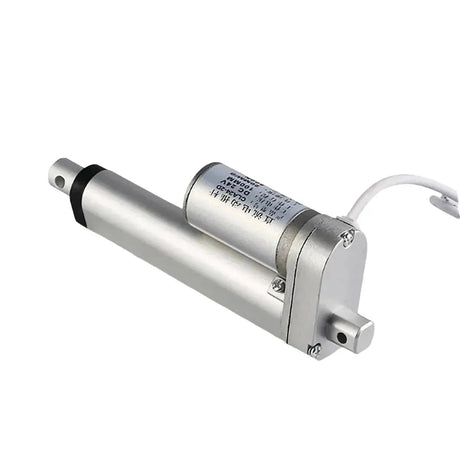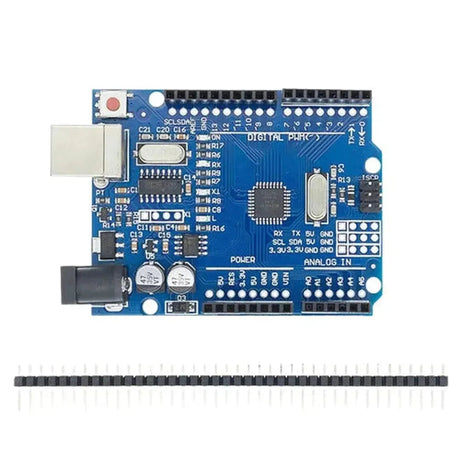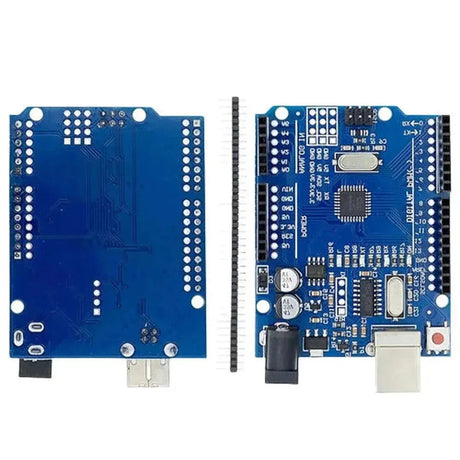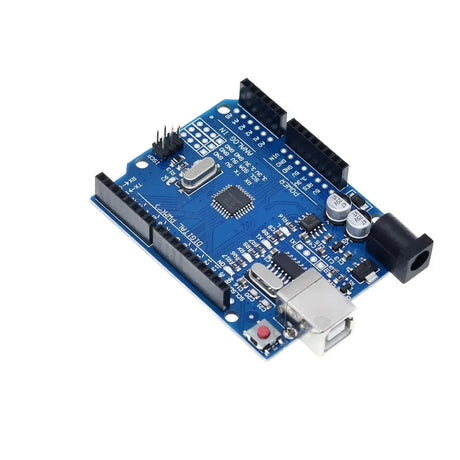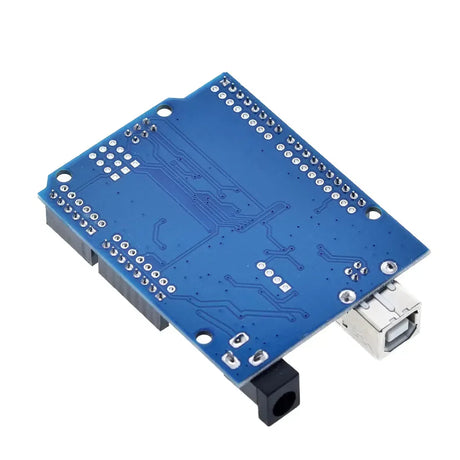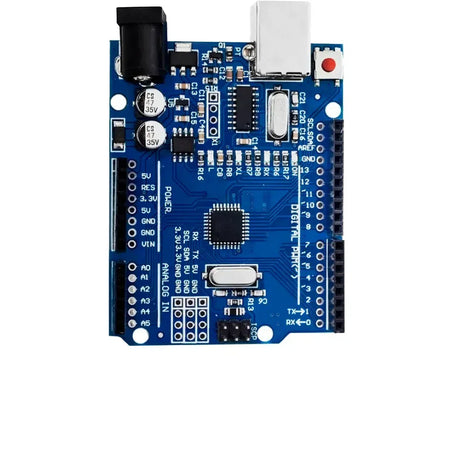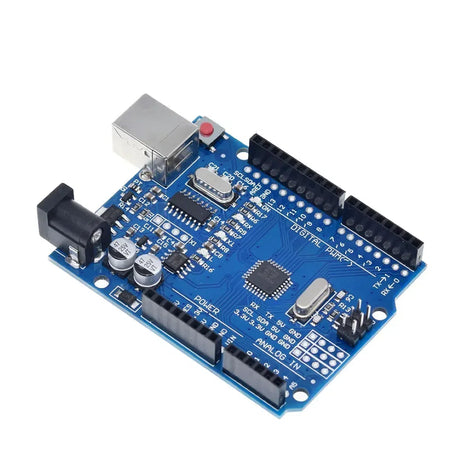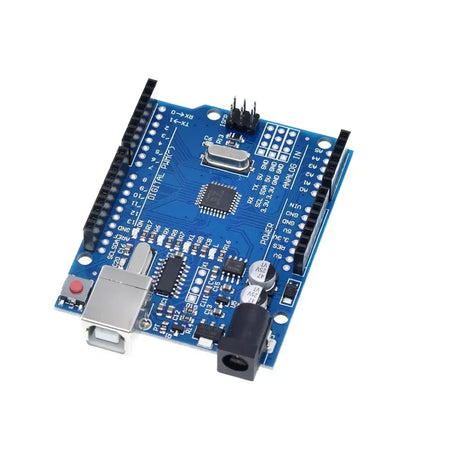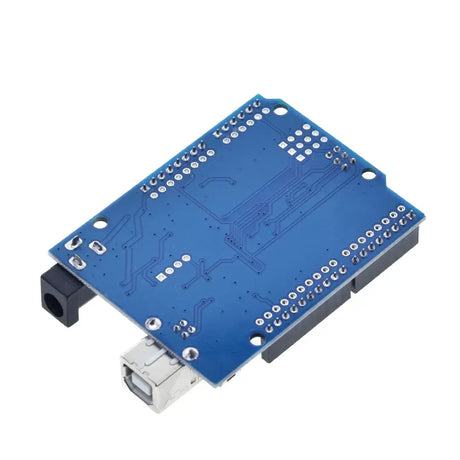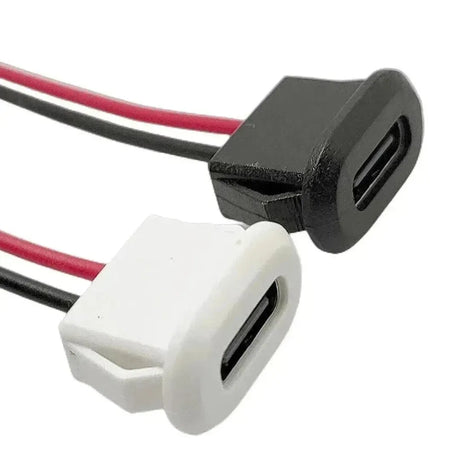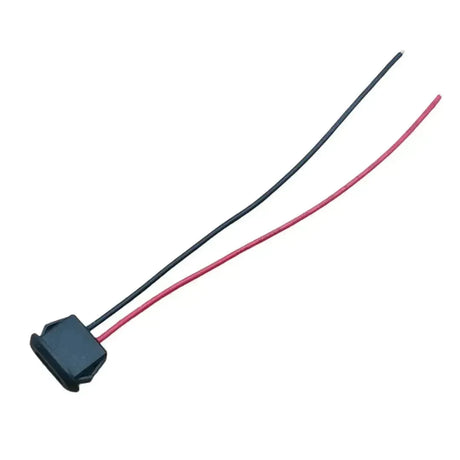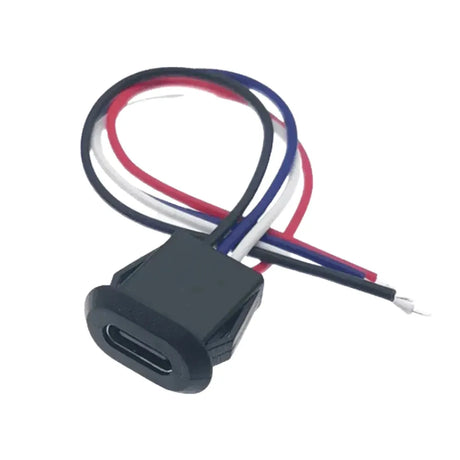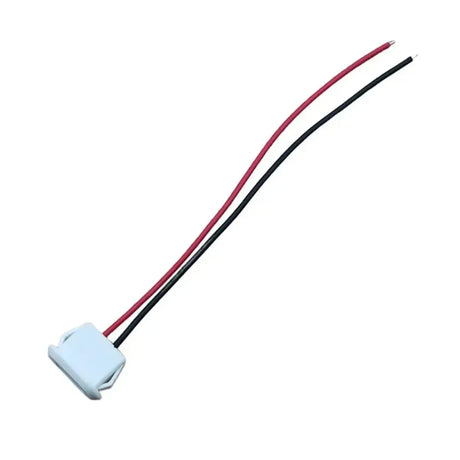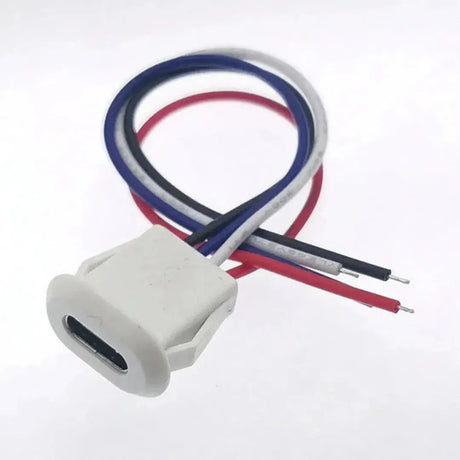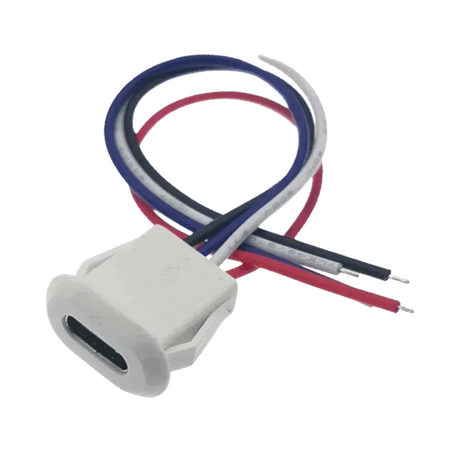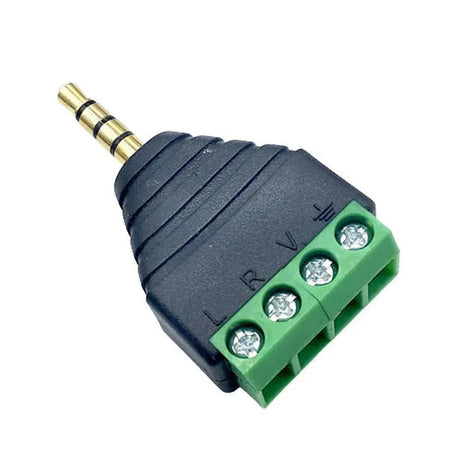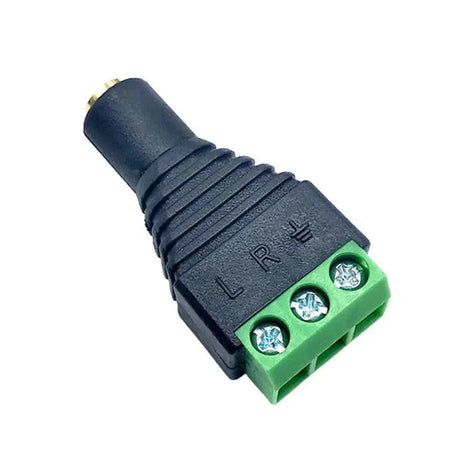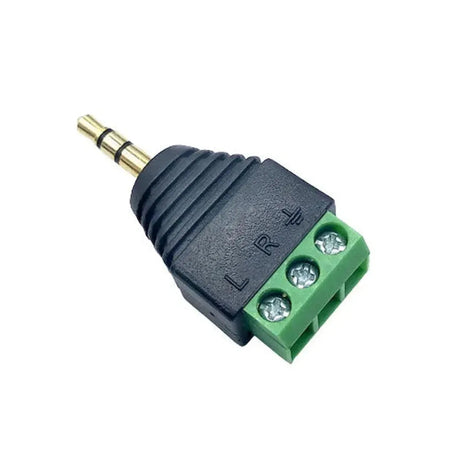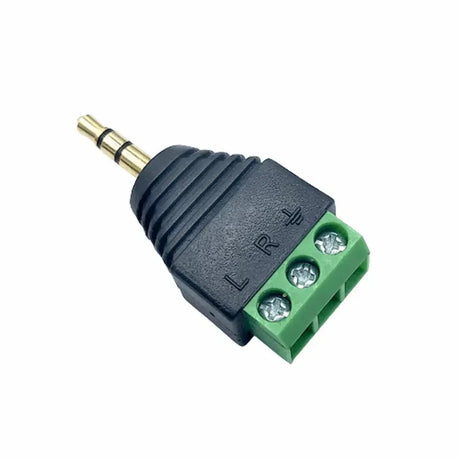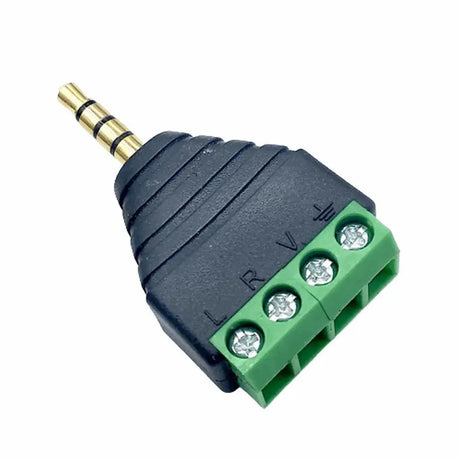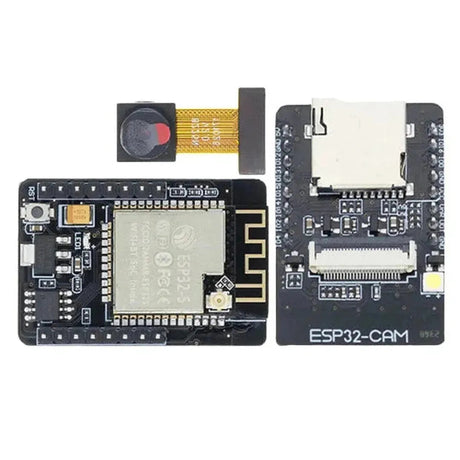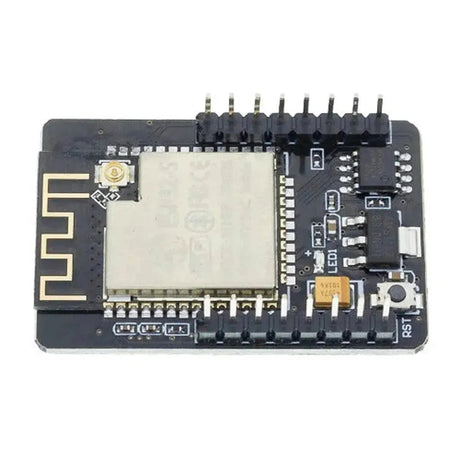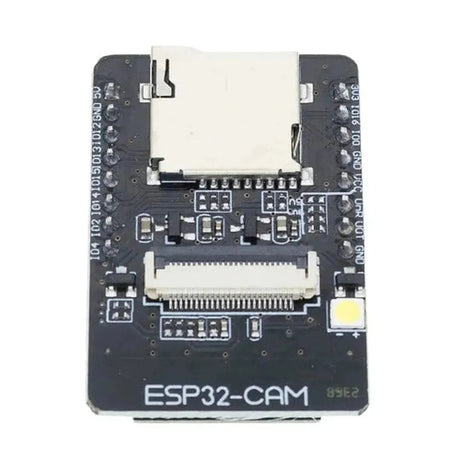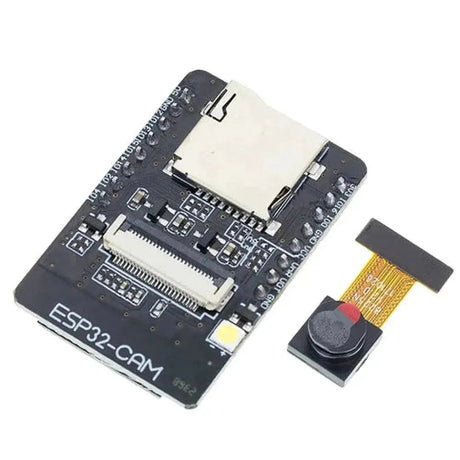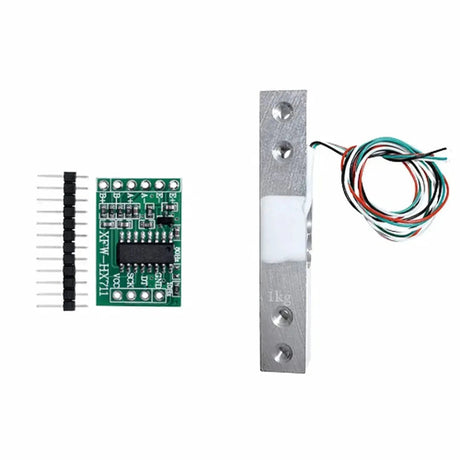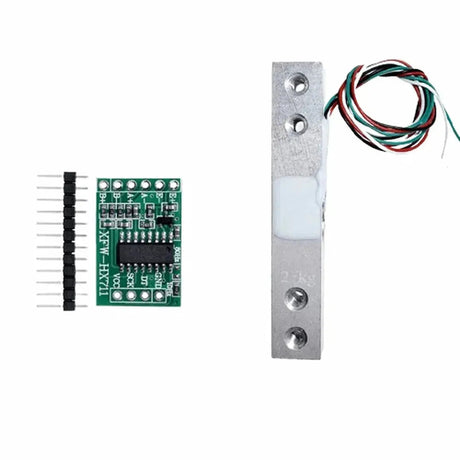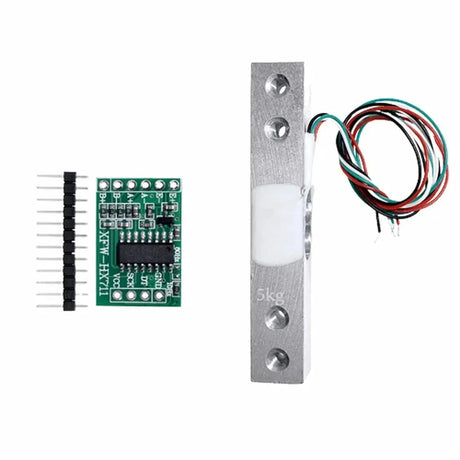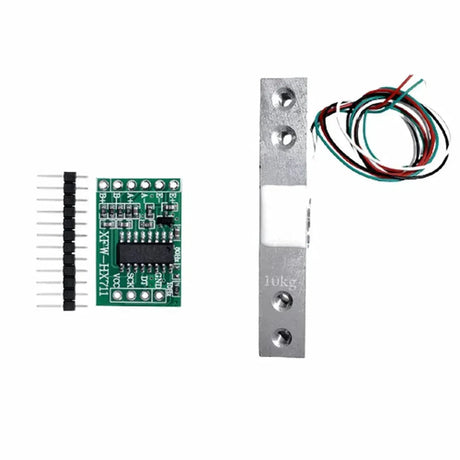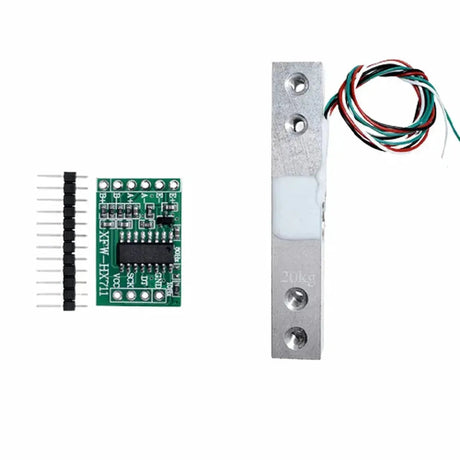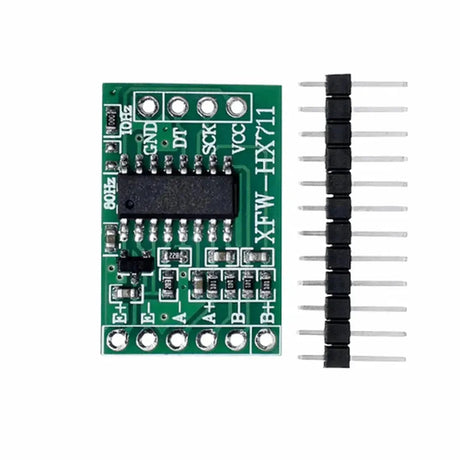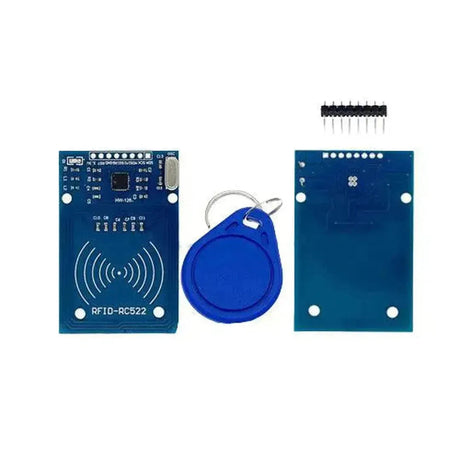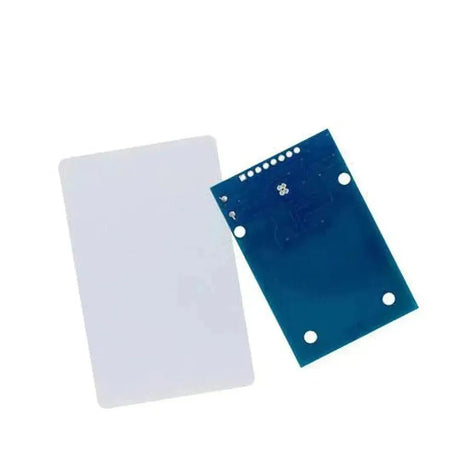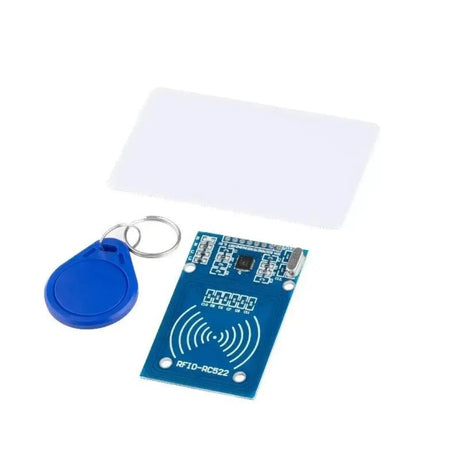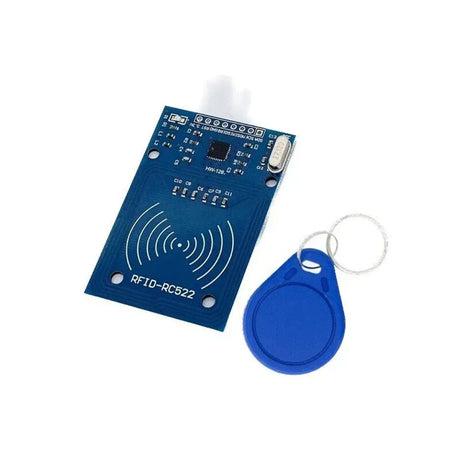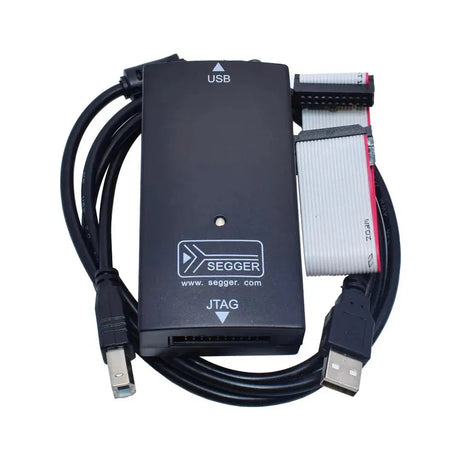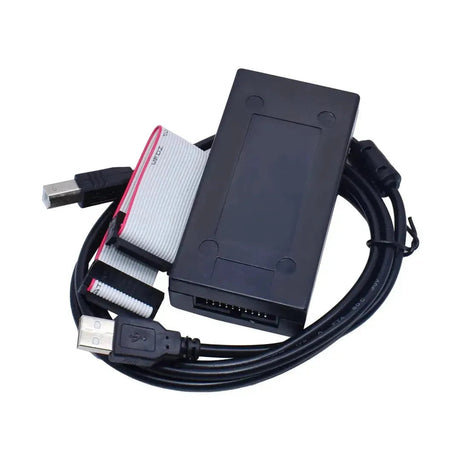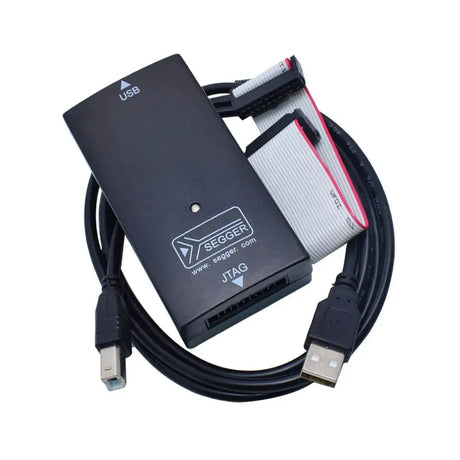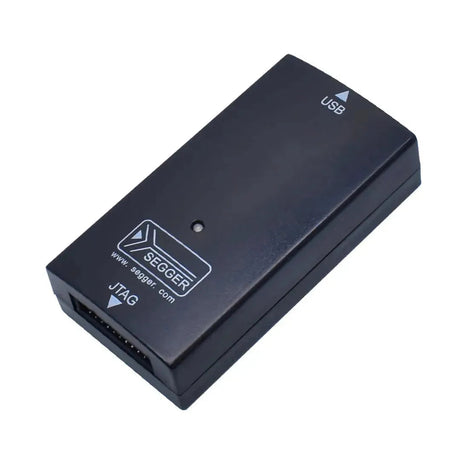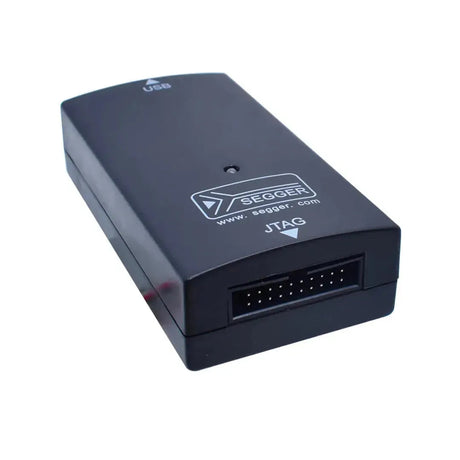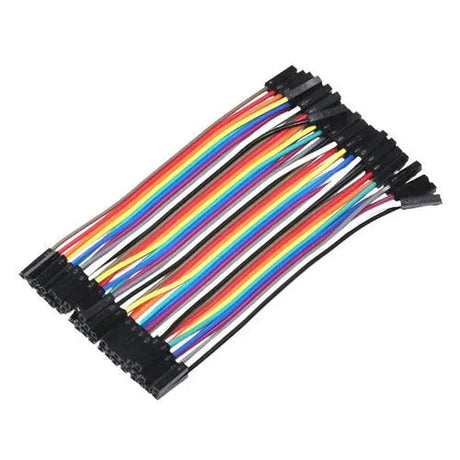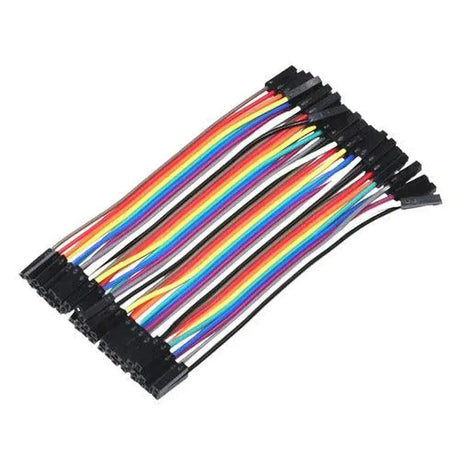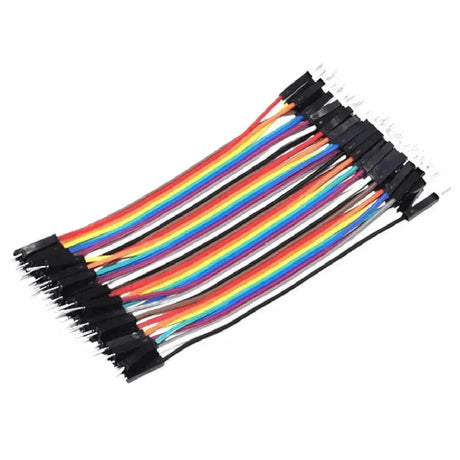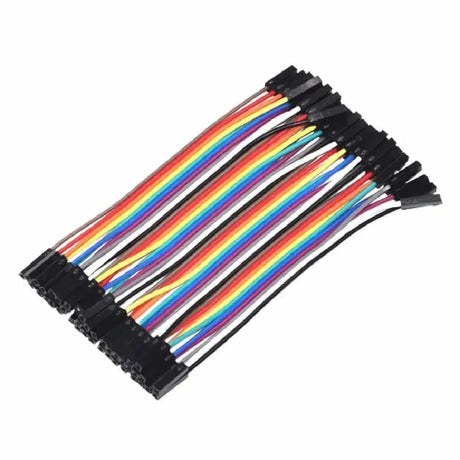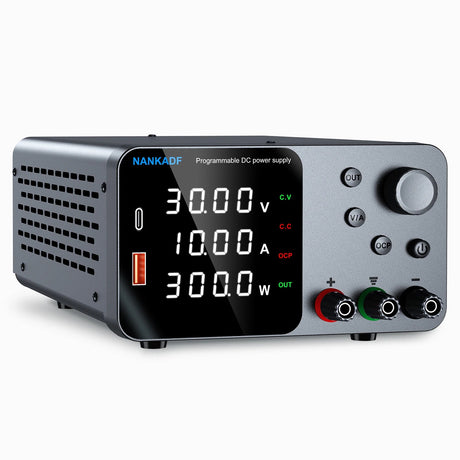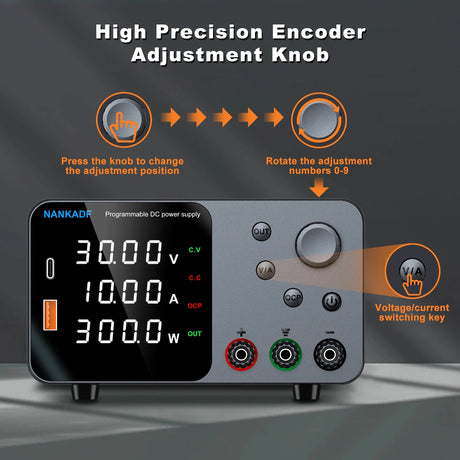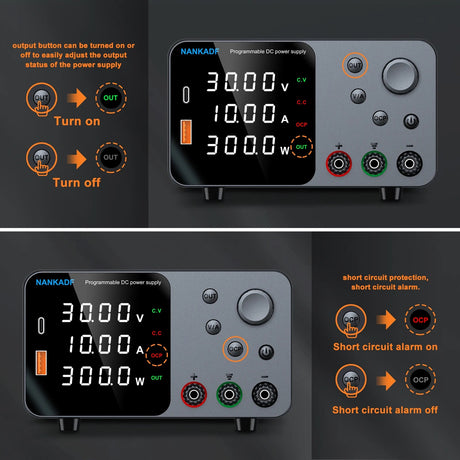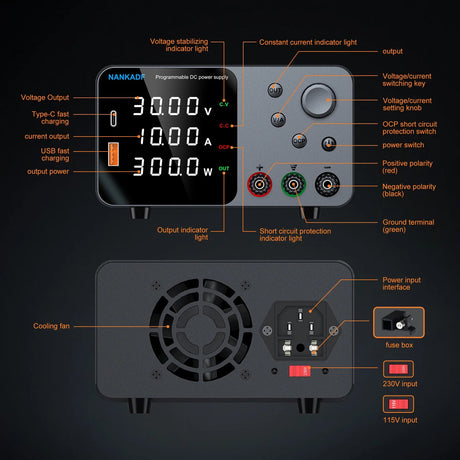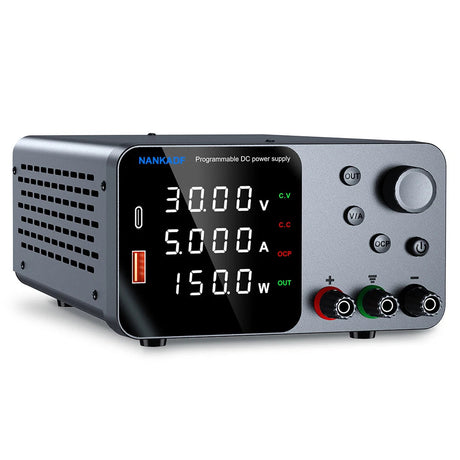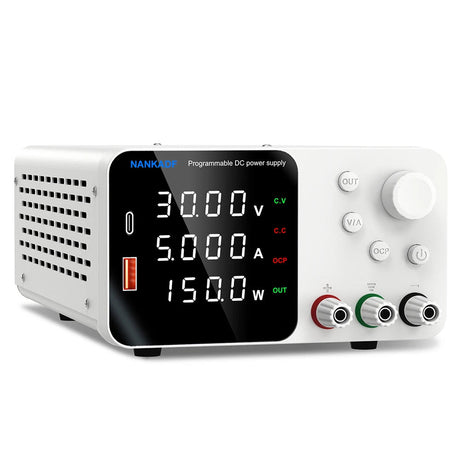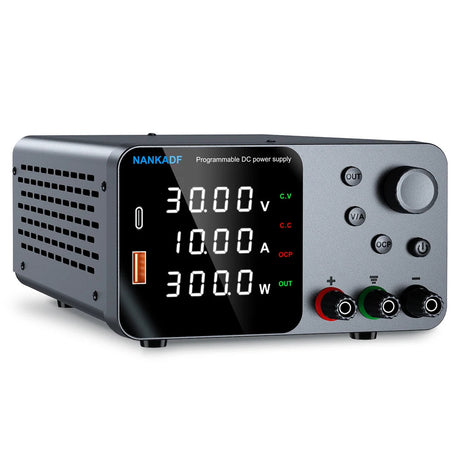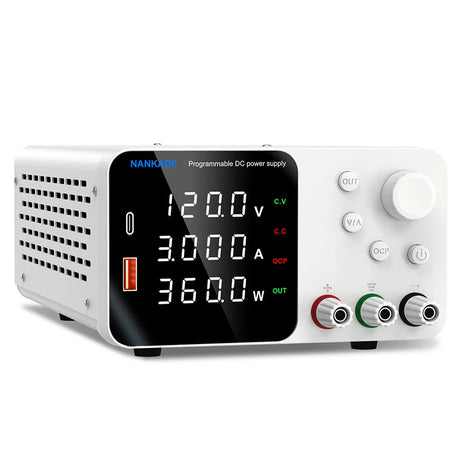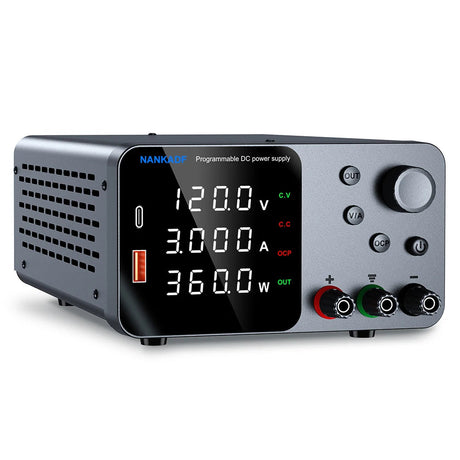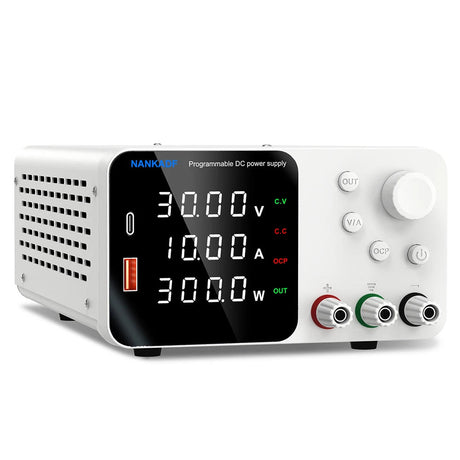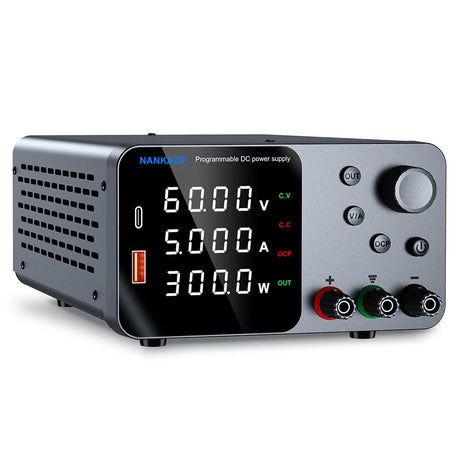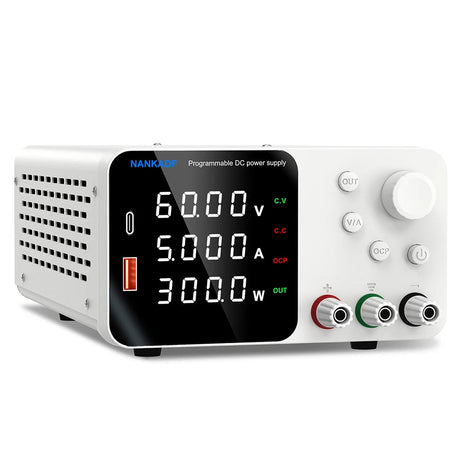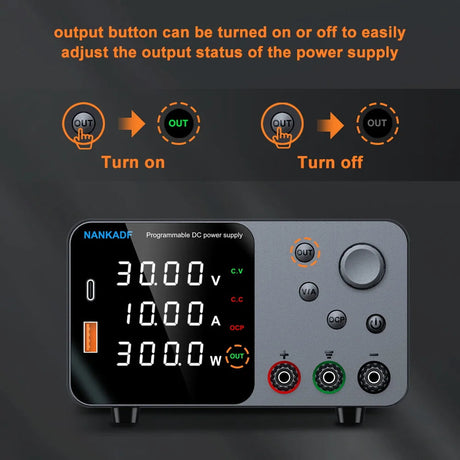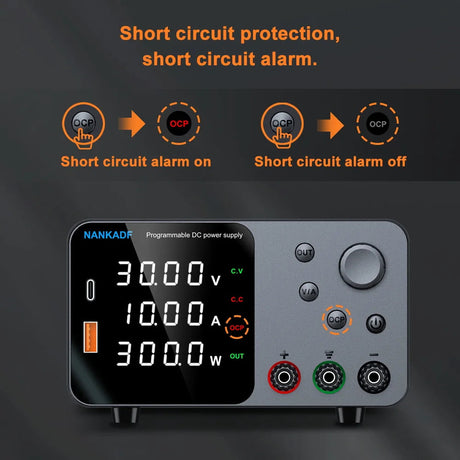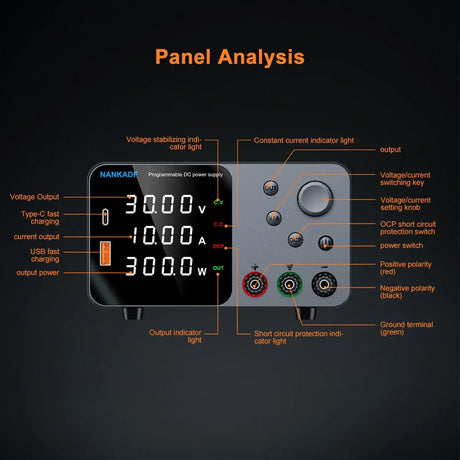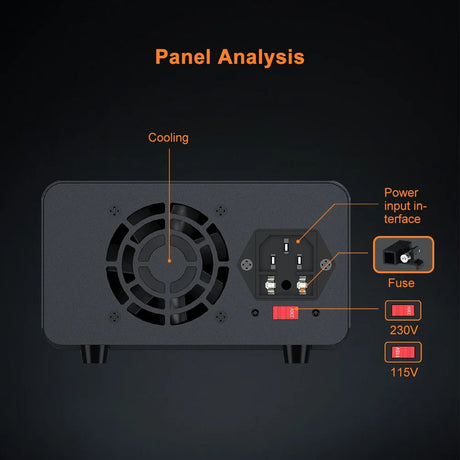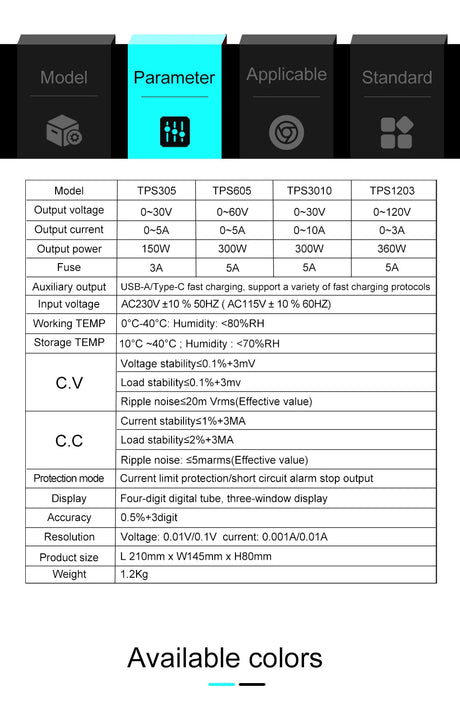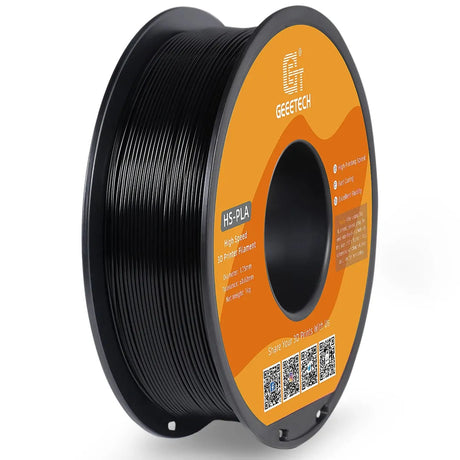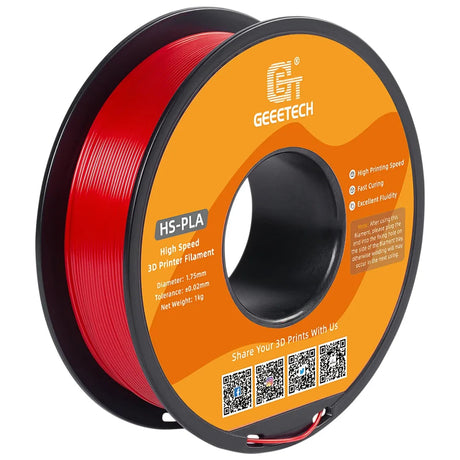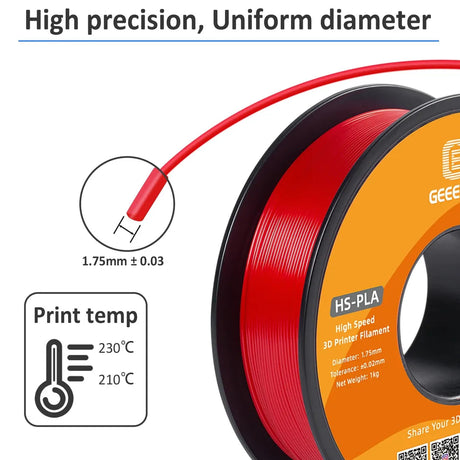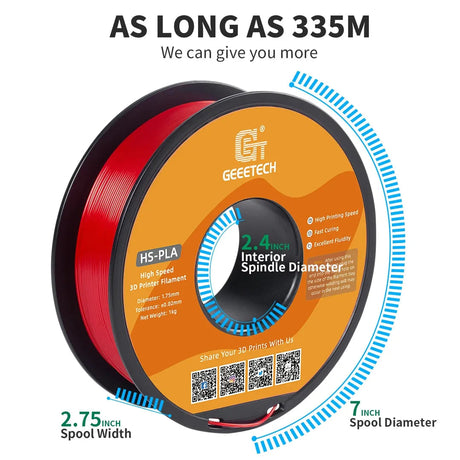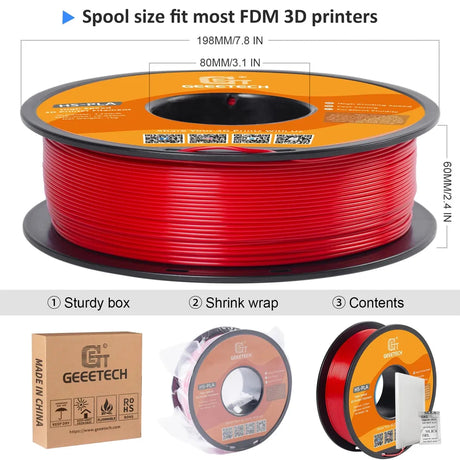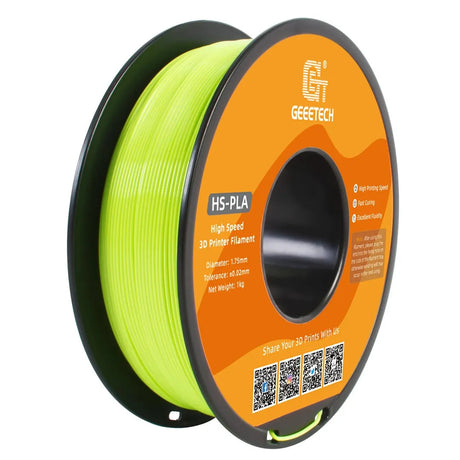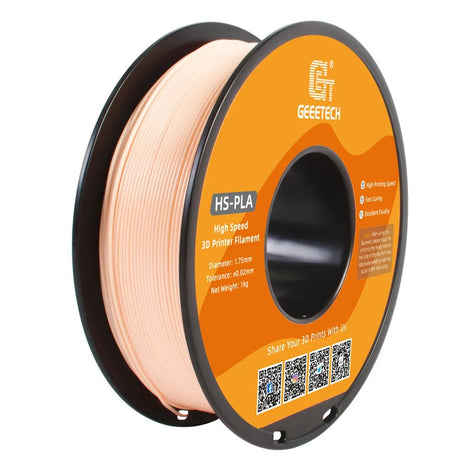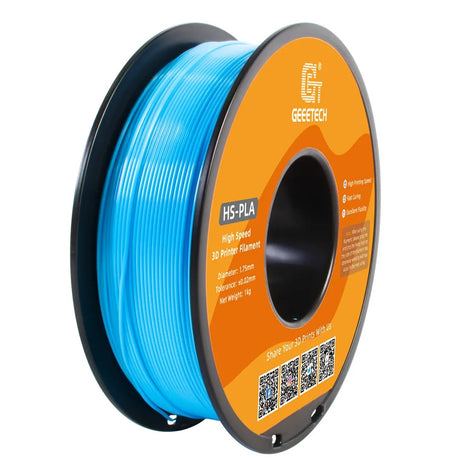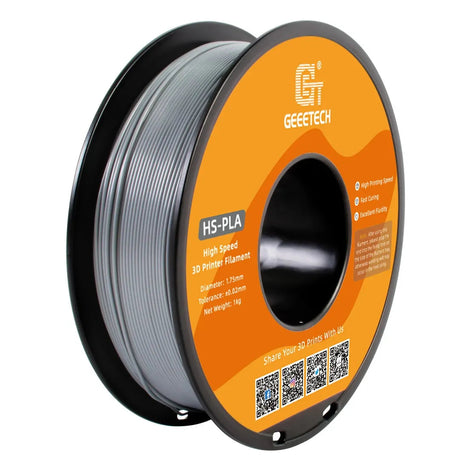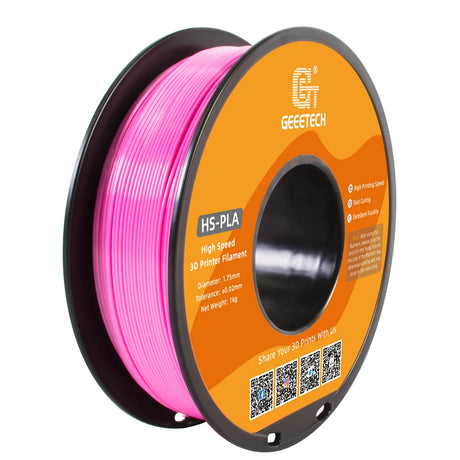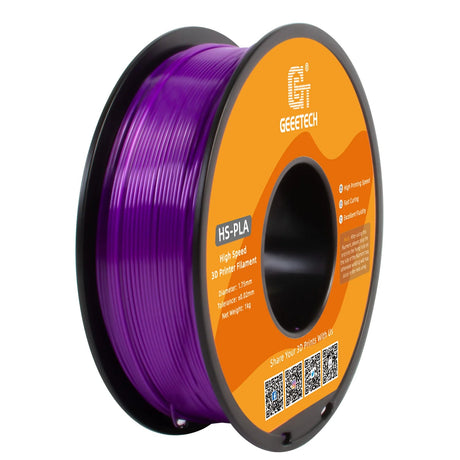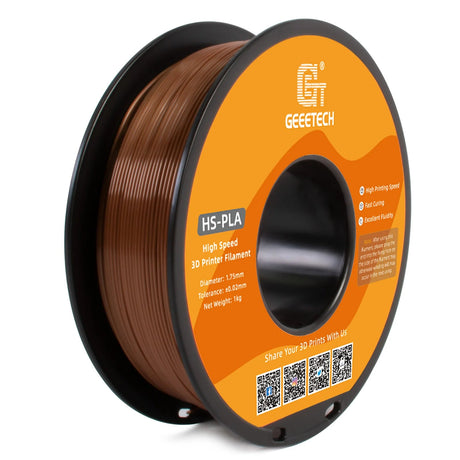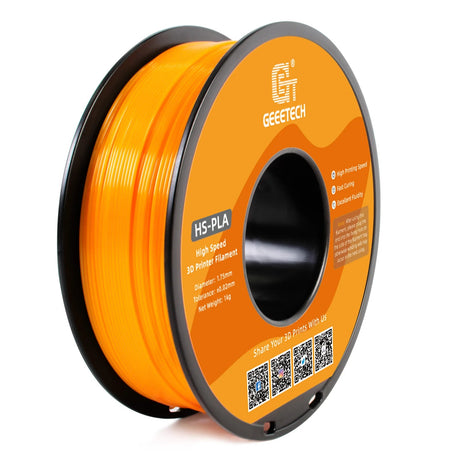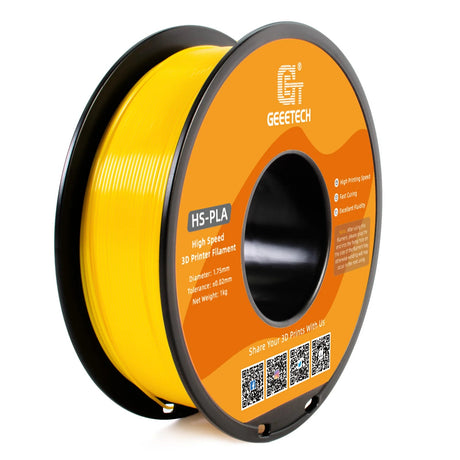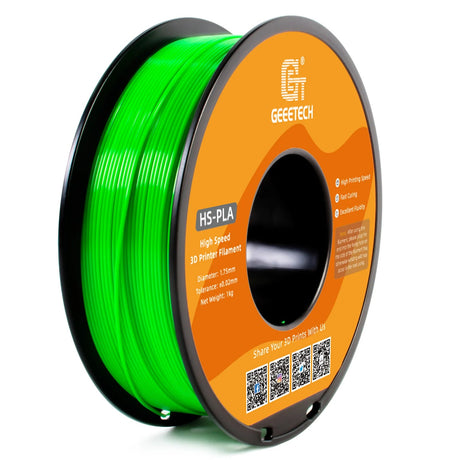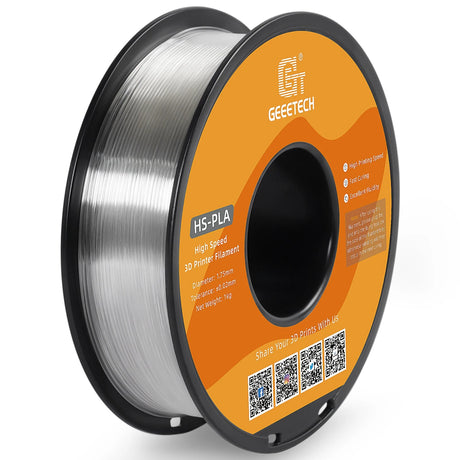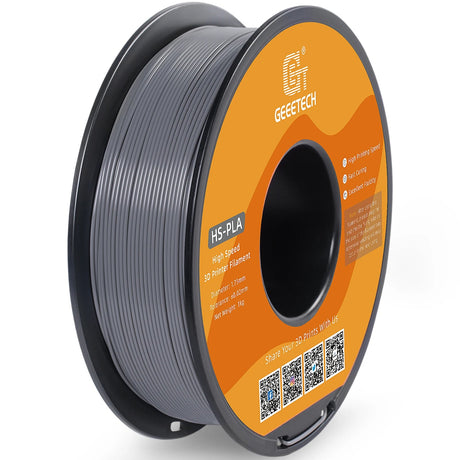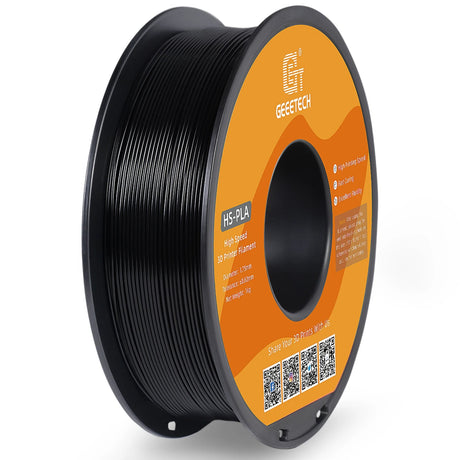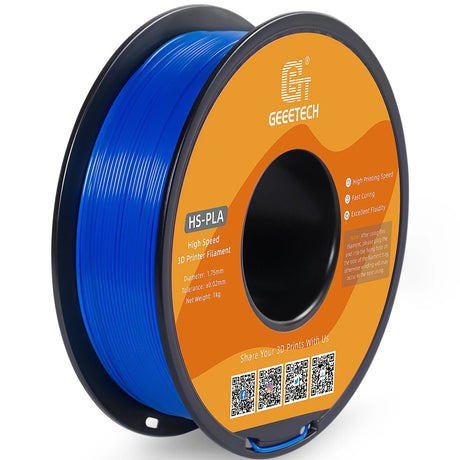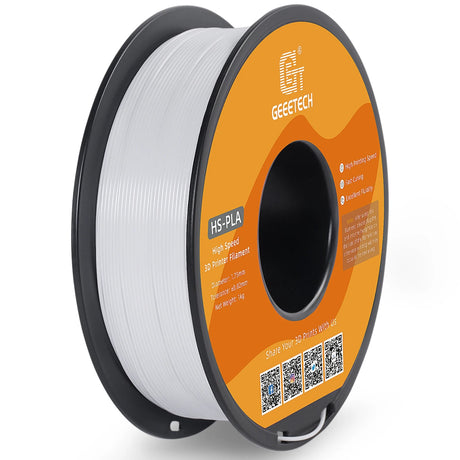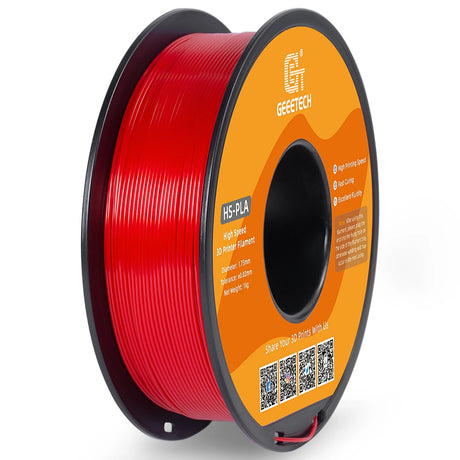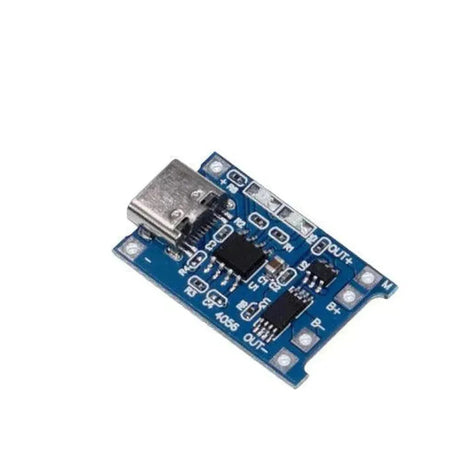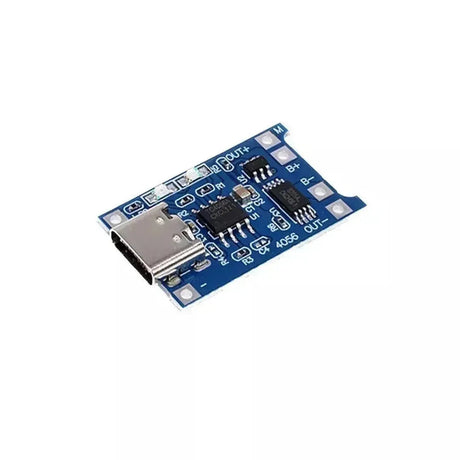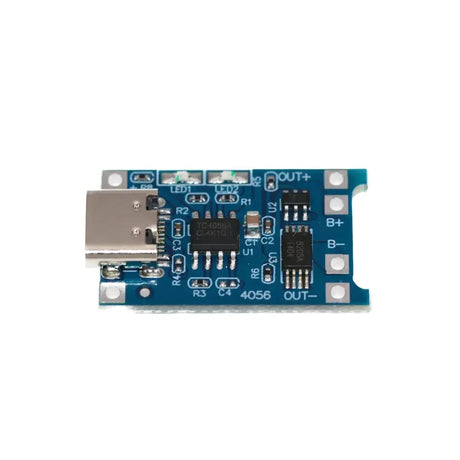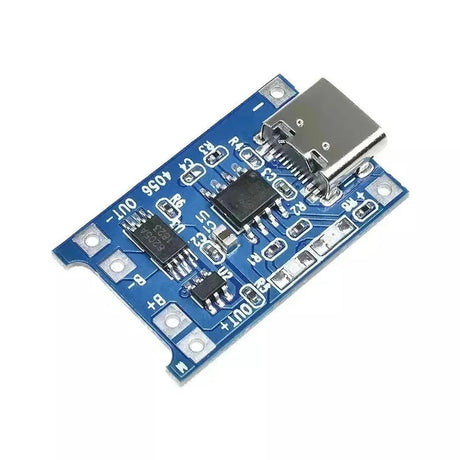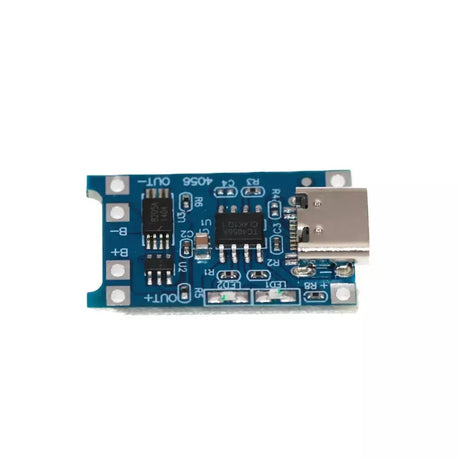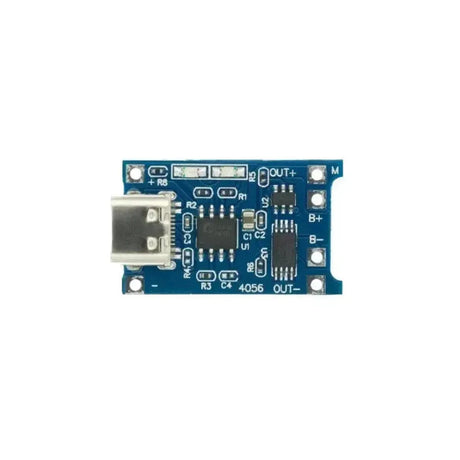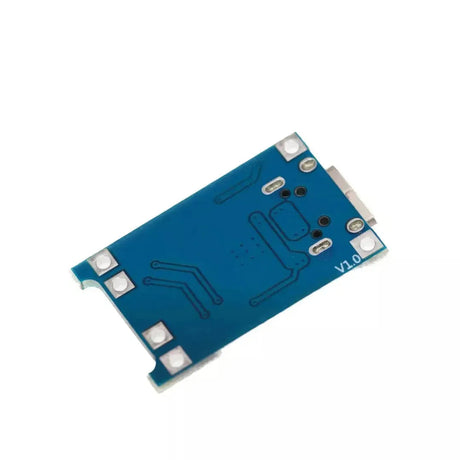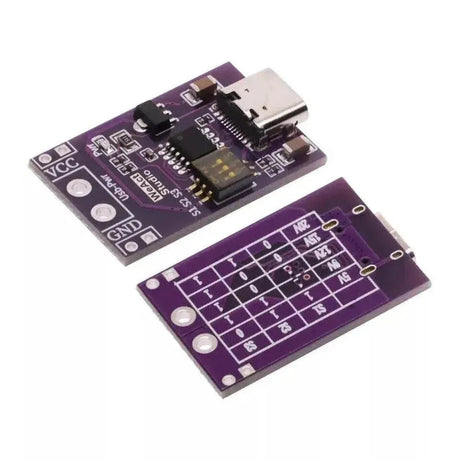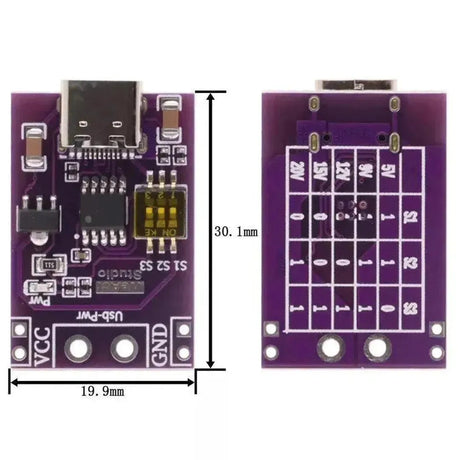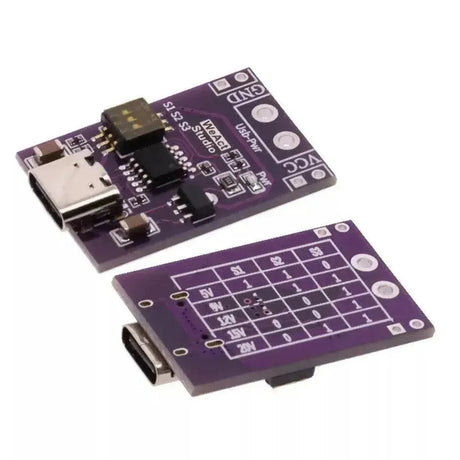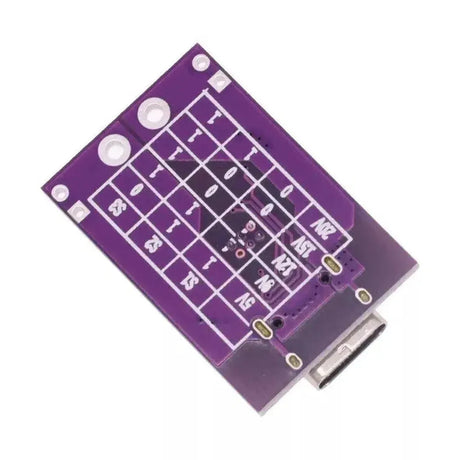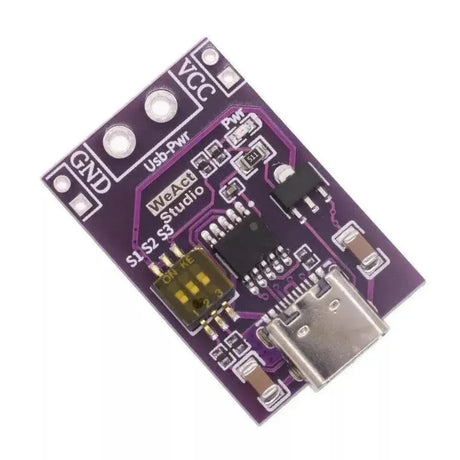The Raspberry Pi has revolutionized the world of DIY computing, offering enthusiasts, hobbyists, and professionals an affordable and versatile platform for countless projects. Central to its operation is the SD card, which serves as both the storage medium and the primary means of running the operating system. However, SD card corruption is a common issue that can frustrate even the most experienced Raspberry Pi users. In this blog post, we'll explore the causes of SD card corruption and provide actionable strategies to prevent it, ensuring your Raspberry Pi projects run smoothly and reliably.
Understanding SD Card Corruption
SD card corruption occurs when the data on the card becomes unreadable or the file system is damaged. This can result in system instability, boot failures, or loss of important data. Unlike traditional hard drives, SD cards have a limited number of write cycles, making them more susceptible to wear and tear over time. Understanding the factors that contribute to SD card corruption is the first step in preventing it.
Common Causes of SD Card Corruption in Raspberry Pi
1. Power Issues
One of the leading causes of SD card corruption is inconsistent or insufficient power supply. Raspberry Pi systems are sensitive to voltage fluctuations, and abrupt power losses can interrupt write processes, leading to corrupted files or file systems.
2. Improper Shutdowns
Shutting down the Raspberry Pi improperly—such as pulling the power plug without executing a proper shutdown command—can prevent the operating system from safely closing files and processes. This abrupt termination can leave the file system in an inconsistent state, causing corruption.
3. Poor Quality SD Cards
Not all SD cards are created equal. Low-quality or counterfeit SD cards often lack the durability and reliability required for the constant read/write operations of a Raspberry Pi. These cards are more prone to errors and data loss.
4. Excessive Read/Write Cycles
SD cards have a finite number of write cycles. Projects that involve heavy disk usage, such as databases or logging systems, can wear out the SD card more quickly, increasing the risk of corruption.
5. File System Errors
Software bugs, improper configurations, or interrupted updates can lead to file system errors. These errors can degrade the integrity of the data on the SD card, making it unstable for use.
How to Prevent SD Card Corruption
Preventing SD card corruption involves a combination of using quality hardware, following best practices for Raspberry Pi operation, and implementing software optimizations. Here are several strategies to help safeguard your SD card:1. Use High-Quality SD Cards
Investing in reputable, high-endurance SD cards can significantly reduce the risk of corruption. Brands like SanDisk, Samsung, and Kingston offer reliable options designed for continuous use and higher durability.
2. Implement Proper Shutdown Procedures
Always shut down your Raspberry Pi gracefully to ensure that all processes are correctly terminated and data is properly written to the SD card. Use the following command to safely shutdown:
sudo shutdown -h now3. Utilize an Uninterruptible Power Supply (UPS)
Connecting your Raspberry Pi to a UPS can protect against power outages and voltage spikes, providing a stable power source and preventing sudden shutdowns that could lead to corruption.
4. Minimize Write Operations
Reducing the number of write operations can extend the lifespan of your SD card. Consider the following strategies:
- Move Log Files to RAM: Storing log files in volatile memory prevents frequent writes to the SD card.
-
Use tmpfs: Mount directories like
/tmpastmpfsto keep temporary files in RAM.sudo mount -o size=100m,noatime,nodiratime tmpfs /tmp
5. Regular Backups and Filesystem Checks
Regularly backing up your SD card ensures that you can restore your system in case of corruption. Additionally, performing periodic filesystem checks can identify and fix issues before they escalate.
sudo fsck /dev/mmcblk0p26. Use Read-Only Filesystems When Possible
For applications that do not require writing to the SD card, configuring the filesystem to be read-only can prevent accidental writes and reduce wear.
7. Disable Unnecessary Services
Shutting down services and processes that are not needed for your project can decrease the number of write operations, prolonging the life of your SD card.
8. Avoid Overclocking
Overclocking your Raspberry Pi can lead to increased heat and instability, which can, in turn, affect the SD card's performance and longevity. Stick to recommended clock speeds to ensure reliable operation.
9. Use Reliable Power Supplies
Ensure that your Raspberry Pi is powered by a high-quality, stable power supply that can deliver the necessary voltage and current to prevent brownouts and power-related issues.
How to Recover from SD Card Corruption
Despite best efforts, SD card corruption can sometimes occur. Here’s how to handle it:1. Backup Data
Immediately back up any accessible data from the corrupted SD card to prevent further loss. Use another computer or SD card reader to copy important files.
2. Re-flash the SD Card
Download a fresh image of your operating system and use a tool like Balena Etcher to re-flash the SD card.
sudo balena-etcher3. Repair the Filesystem
If re-flashing is not necessary, you can attempt to repair the filesystem using fsck.
sudo fsck /dev/mmcblk0p24. Replace the SD Card
If corruption persists, it might be time to invest in a new, high-quality SD card to ensure stable performance.


